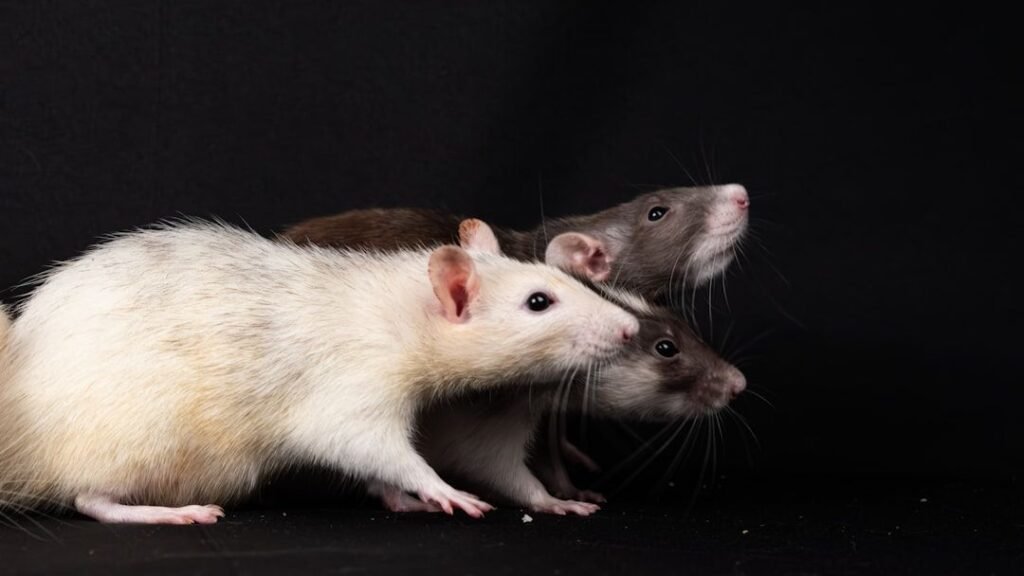Deep in the misty mountains of Java, Indonesia, a peaceful revolution is under way one that might decide the fate of the Javan gibbon (Hylobates moloch), a primate whose eerie songs once filled the forests but now fade into silence. With just 4,000 wild acrobatic apes left, victims of unrelenting deforestation and human development are imprisoned in small portions of forest. But a creative answer is starting to take hold: “forest corridors,” living bridges of native trees restoring broken ecosystems. Led by local conservationists and young people from villages, this initiative has already increased gibbon numbers by 20% in some areas, evidence that, given the right conditions, nature can recover even in one of the most populated areas on Earth.
The Javan Gibbon’s Silent Crisis: A Species Stranded in Green Islands

With almost 60% of Indonesia’s population living in Java, almost 90% of its original forests have been destroyed. What is left are scattered patches, some no more than a few hectares, where gibbons live in genetic isolation. Javan gibbons, unlike ground-dwelling primates, are strictly arboreal; they swing hand-over-hand across the canopy and never come into touch with ground. But these primates become marooned, unable to cross even little gaps when roads, farms, or coffee plantations replace trees.
Conservationists have recorded startling actions: gibbons compelled to walk on the ground or leap dangerously between stunted coffee trees. Such acts are desperate adaptations to habitat fragmentation, but they come at a cost. Separated groups suffer inbreeding, disease, and limited food supplies. “A gibbon walking on the ground is like a fish out of water,” notes a Swara Owa researcher. “It’s a signal their world is collapsing”.
The Corridor Solution: Building Bridges for Biodiversity
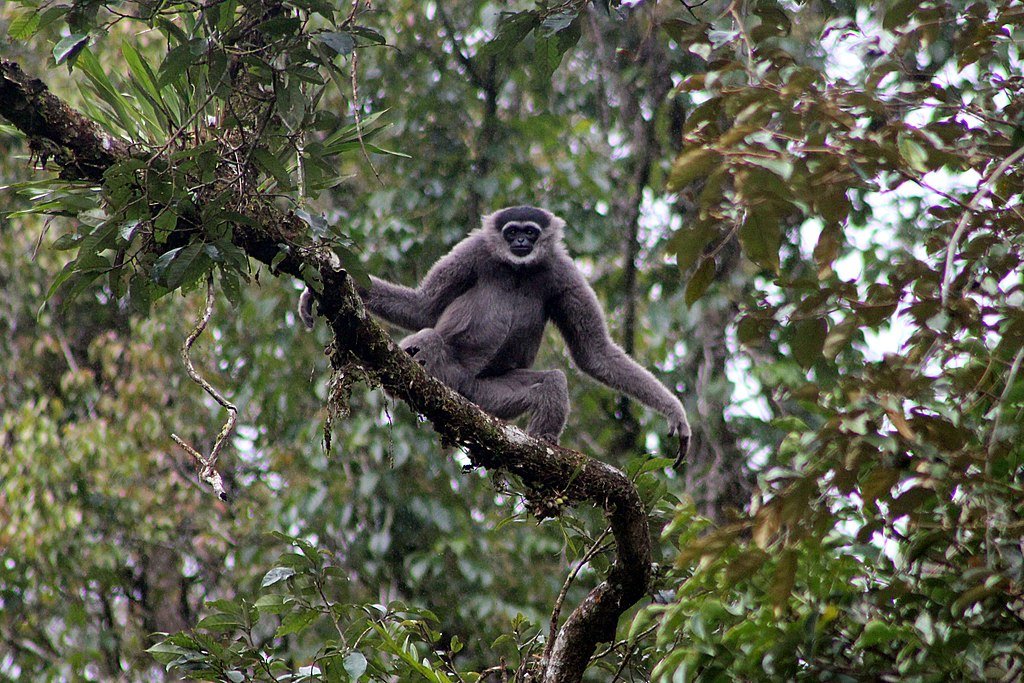
Inspired by successful models like Belize’s community baboon sanctuary, the NGO SwaraOwa started an audacious experiment: native tree planting to piece together fractured forests. Often barely 30 to 50 meters wide, these corridors act as aerial highways allowing gibbons to safely move between habitats. Carefully chosen for food sources as well as canopy connectivity are species including Sandoricum koetjape (Sentul) and Pometia pinnata (Sapi wood).
The outcome has been rather remarkable. In Mendolo Village, 700 seedlings were planted along riverbanks, gibbons have been seen crossing once inaccessible gaps using young saplings. From the critically endangered Javan slow loris to Sunda pangolins, the corridors also help other threatened species, promoting a ripple effect of biodiversity recovery.
The Human Factor: How Villagers Became Guardians of the Canopy
Conserving here depends on community buy-in. Young farmers starting the Paguyuban Petani Muda (Young Farmers’s Group) in Medolo took charge of tending to seedlings and tracking gibbon migration. One farmer says, “We want our grandchildren to see gibbons from their backyards, not just hear stories about them,” reflecting both ecological and cultural aspects of motivation.
Also joining are women’s groups like KWT Brayan Urip, which combine habitat restoration with sustainable farming. They have made agroforestry a conservation tool by choosing fruit trees that double as gibbon food supplies. Village rules today forbid hunting, reflecting a growing pride in the native species.
A 20% Comeback: Signs of Hope in the Data
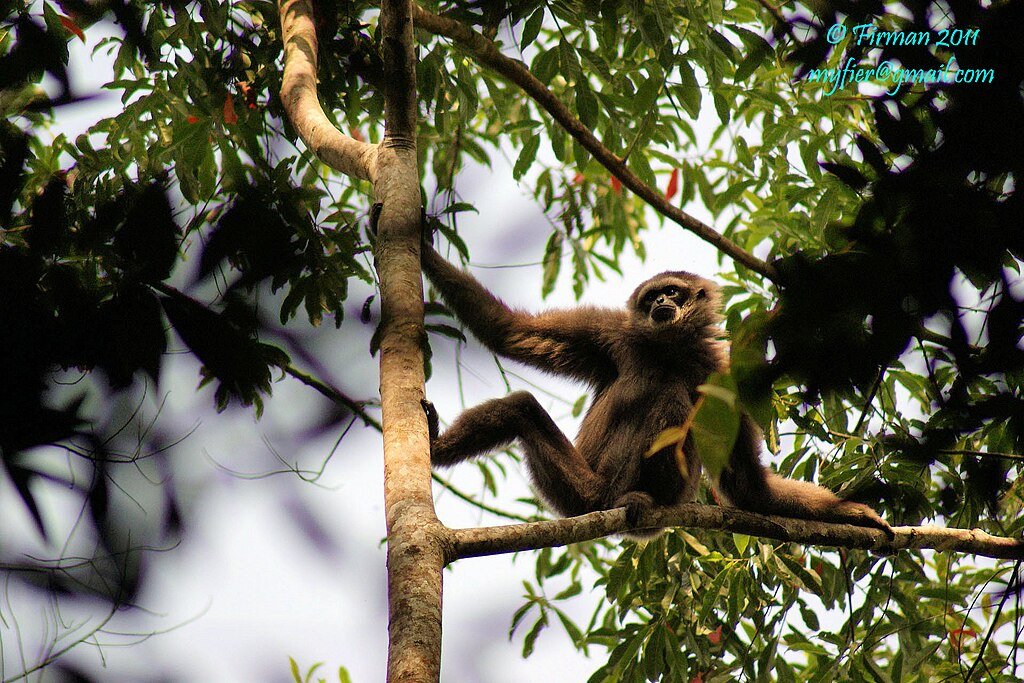
Population studies offer the most convincing proof of success. In one mountainous area, gibbon counts jumped from 800 to 1,000 in a decade, a 20% rise ascribed to declining hunting and corridor projects. While acoustic monitors record the calls spreading into once-silent areas, SwaraOwa’s camera traps have caught gibbons using fresh paths.
Still, hurdles exist. Corridors take years to grow, and invasion continues. “We’re running against time,” says a field team leader. “Every tree placed is a step away from extinction”.
Beyond Gibbons: The Ripple Effects of Reconnection
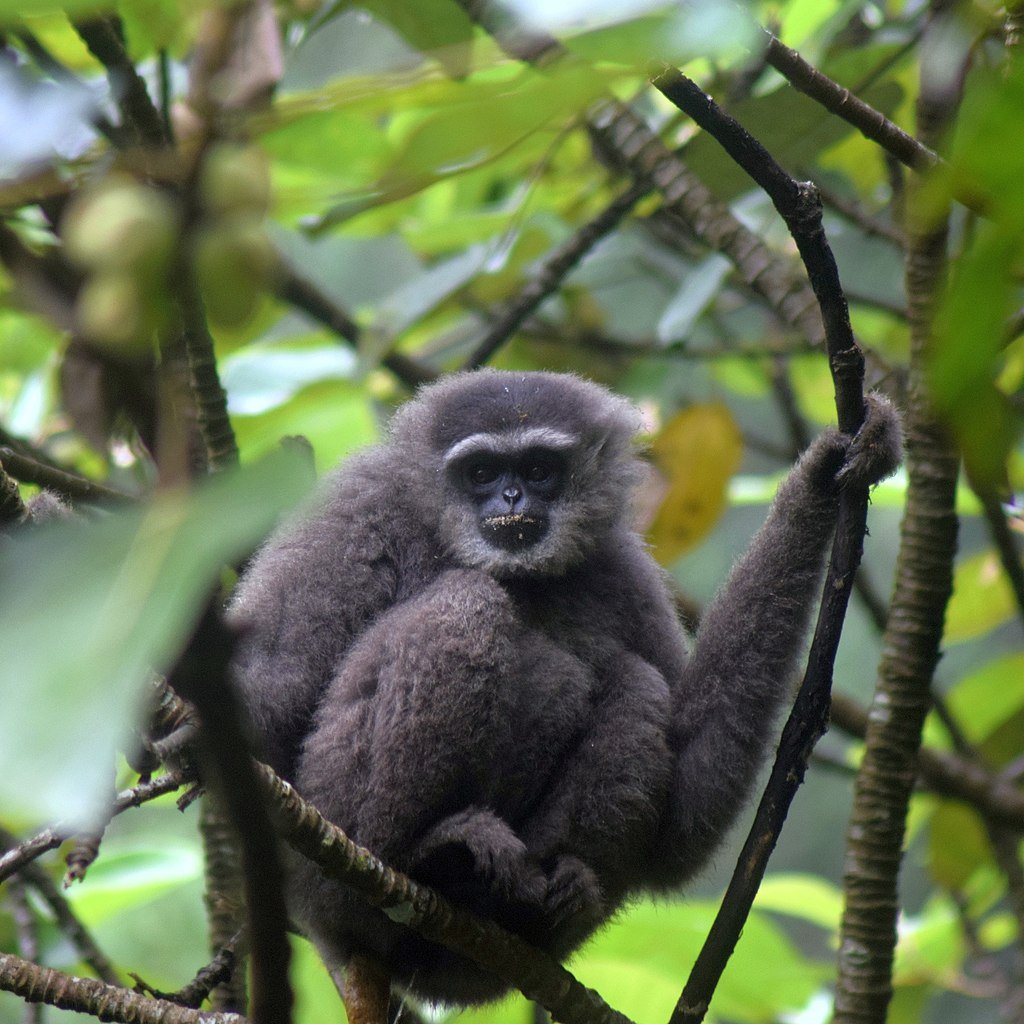
The advantages go much beyond those of monkeys. In an area where farmers depend on consistent rain, forest corridors stabilize soil, stop landslides, and replenish groundwater vital. “These trees are our future,” says an older Medolo member. “They keep the gibbons singing, bring water, and protect our fields”.
Furthermore underlined by researchers are the corridors’ part in carbon sequestration. Though small in scope, these initiatives provide a blueprint for “climate-wise” conservation in which human livelihoods and biodiversity are entwined.
The Road Ahead: Scaling Up and Sustaining Hope
The next phase seeks to extend corridors into Gunung Halimun Salak National Park, the habitat of Java’s highest gibbon count. Here, Rahayu (Ayu), a Whitley Award winner, is mapping important routes and advocating eco-tourism in collaboration with Indigenous Sundanese villages “We’ll have won if people value gibbons alive more than as pets.” she says.
SwaraOwa intends to copy the idea in other scattered settings, from Sumatra to Sulawesi. Their slogan is “Connect, protect, and coexist.” “Gibbons don’t need the whole forest just to reach each other,” one team member says.
Conclusion: A Song Returning to the Forest
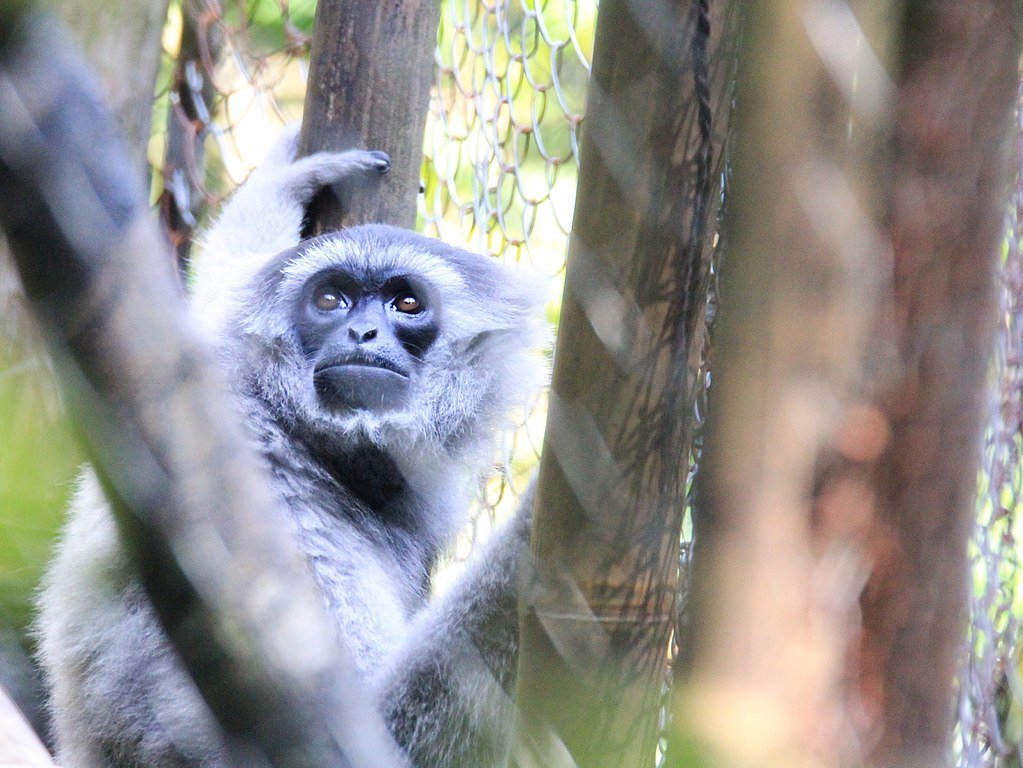
On a recent dawn in Mendolo, researchers heard something amazing: two gibbon groups performing a coordinated duet now linked by a fresh corridor. Though fleeting, this was a strong reminder that even in a damaged environment nature always finds a way back. The question concerns whether people will keep building the bridges needed.
Sources:

Jan loves Wildlife and Animals and is one of the founders of Animals Around The Globe. He holds an MSc in Finance & Economics and is a passionate PADI Open Water Diver. His favorite animals are Mountain Gorillas, Tigers, and Great White Sharks. He lived in South Africa, Germany, the USA, Ireland, Italy, China, and Australia. Before AATG, Jan worked for Google, Axel Springer, BMW and others.


